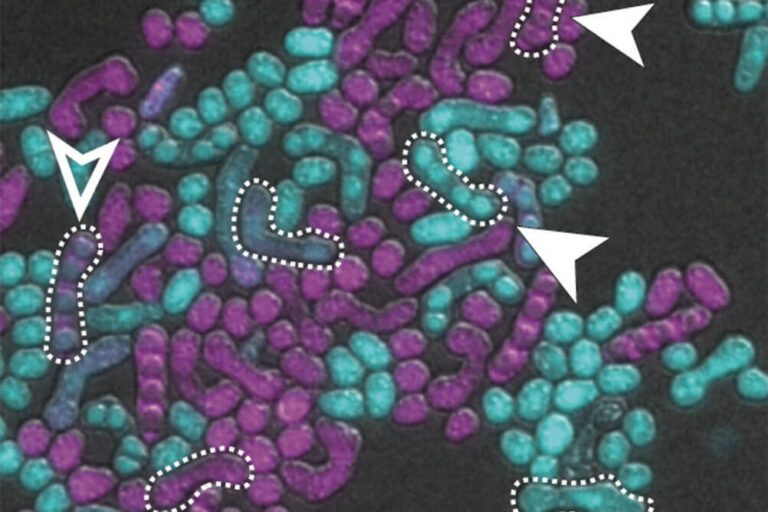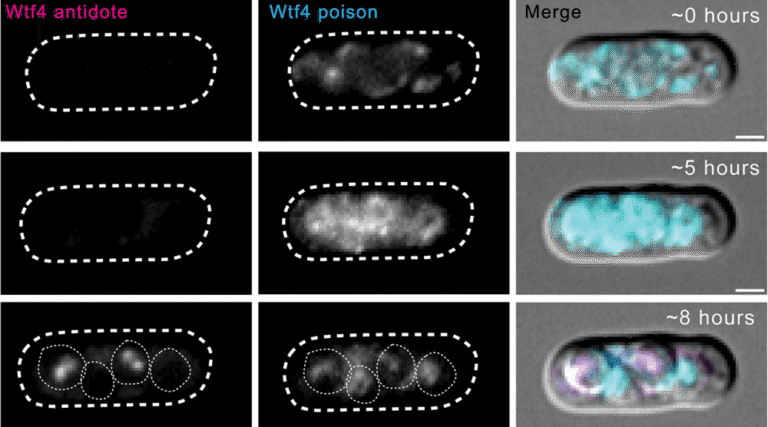The Zanders Lab explores sexual reproduction and the causes of infertility using yeast species as model systems. The lab is interested in identifying all the genes that affect reproduction and understanding how those factors change over time. The Zanders lab uses genetics and genomics to identify genes that promote fertility and to figure out how they work. These genes can be considered ‘good genes’ as they promote the evolutionary fitness.
The Zanders lab also studies ‘selfish genes’ that are generally less well understood. The lab focuses on a specific class of selfish genes called ‘killer meiotic drivers.’ These killers are maintained in genomes because they cheat during the production of gametes (e.g. eggs and sperm) to bias their own transmission into progeny. Killers work by destroying gametes that do not inherit the killer gene. For example, a male with X and Y chromosomes carrying a killer meiotic driver on his Y chromosome would father only sons (XY), as the sperm carrying the X chromosome needed to produce daughters would be destroyed. Rather than promote fertility like good genes, killer meiotic drivers actually decrease the fertility of organisms.
The opposing interests of ‘good genes’ and ‘selfish genes’ places them in an evolutionary conflict. The Zanders lab explores the idea that innovations spurred by this conflict are major factors fueling genome evolution and infertility.








